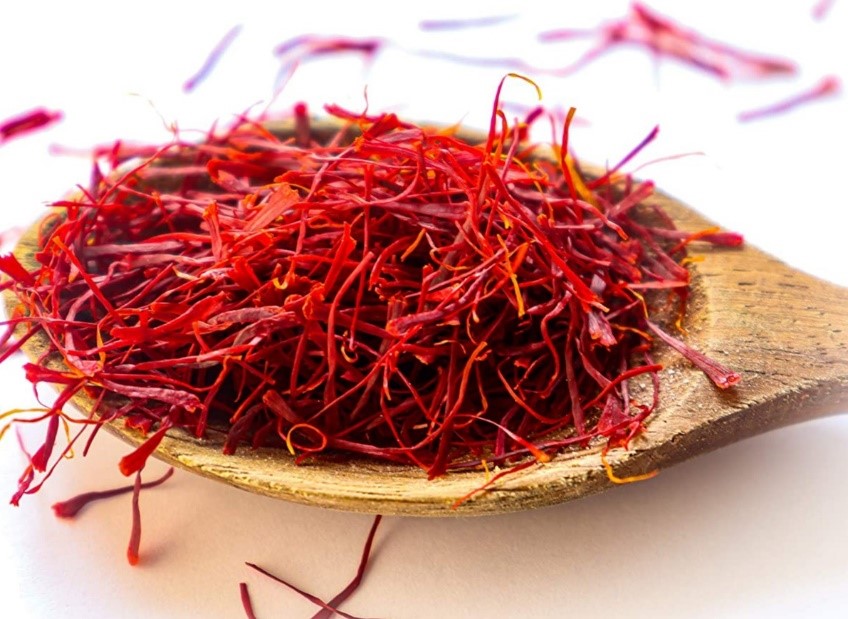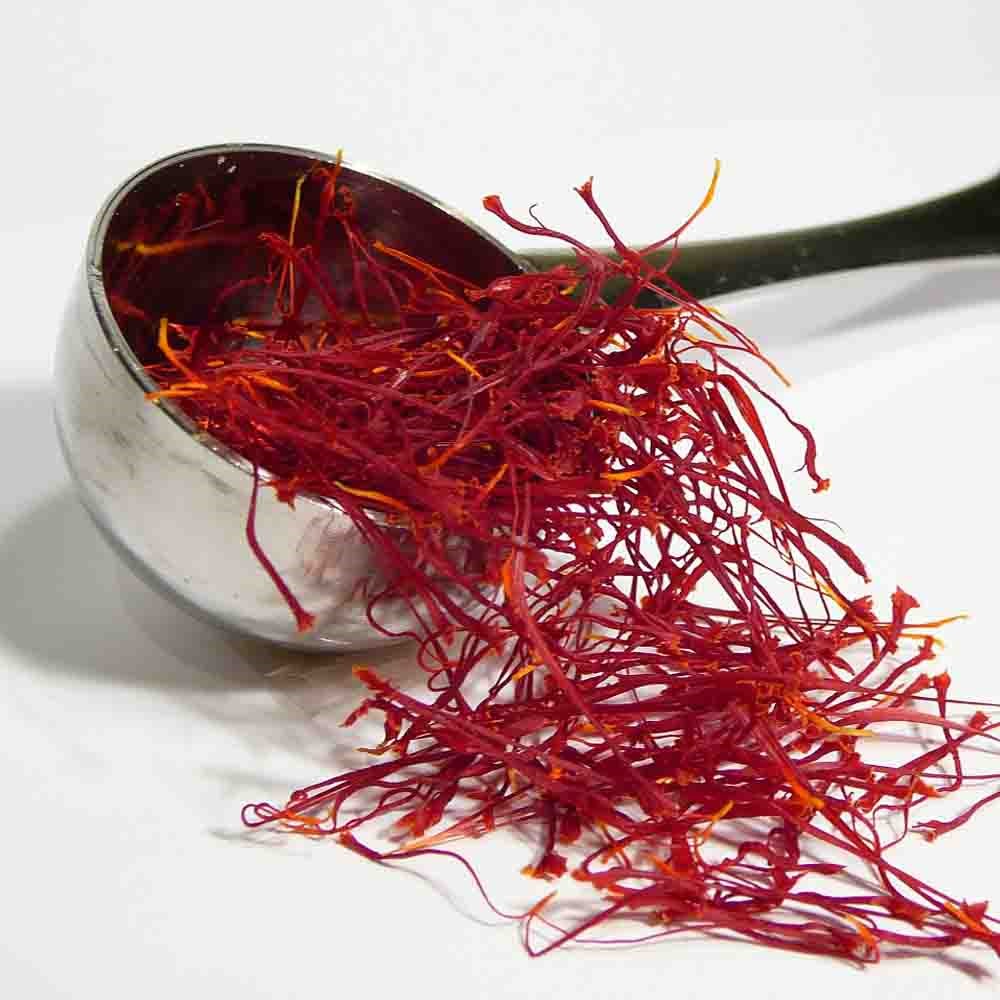A Complete Guide to Global Markets for Italian Saffron
Saffron is one of the world’s most valuable and sought-after spices, and Italy is known for producing some of the finest quality saffron available. As a result, Italian saffron has earned a reputation for its deep flavor, vibrant color, and rich history. If you are considering exporting saffron from Italy, this guide will walk you through the essential steps and help you successfully enter the global market.

Why Export Saffron from Italy?
Italy’s climate, particularly in regions like Sicily, Abruzzo, and Lazio, offers ideal conditions for saffron cultivation. Moreover, Italy’s longstanding tradition of producing saffron ensures that the product is high-quality and steeped in centuries of expertise. Consequently, Italian saffron stands out as a premium product in the global market.
Key Benefits of Exporting Italian Saffron
-
Premium Quality: Italian saffron is known for its superior flavor, aroma, and color, making it a top choice for spice enthusiasts worldwide.
-
Rising Global Demand: With an increasing focus on organic and high-quality ingredients, Italian saffron is becoming more popular globally.
-
Economic Potential: Because of its high value, saffron offers a lucrative opportunity for Italian farmers and exporters, providing a great income stream.
Steps to Export Saffron from Italy
1. Meet International Quality Standards
Before you begin exporting saffron, it’s essential to ensure that your product complies with EU regulations and ISO standards. These certifications, such as ISO 3632, guarantee that your saffron is free of contaminants and is of the highest quality, which builds trust with international buyers.
Tip: Obtaining quality certifications is particularly important when entering competitive markets like the U.S., UK, and Europe. By meeting these standards, you significantly increase your chances of success in these regions.
2. Find the Right Export Partner or Go Solo
If you’re new to exporting, partnering with an experienced exporter can simplify the process. Experienced exporters understand the logistics, regulations, and markets, and they can help find buyers in key global markets.
On the other hand, if you’re confident about handling the export process independently, you’ll need to:
-
Identify key markets, such as the Middle East, North America, and Asia.
-
Establish strong relationships with distributors or buyers from these regions.
-
Ensure your logistics and shipping processes are in place to guarantee the safe arrival of your saffron.
3. Focus on Packaging and Labeling
Packaging is essential when it comes to exporting saffron. To ensure quality, saffron should be packaged in vacuum-sealed bags, glass jars, or foil pouches that protect it from moisture, air, and light. This will preserve the saffron’s freshness and potency throughout the shipping process.
Additionally, labeling must meet international requirements. Include important details such as product weight, country of origin (Italy), and quality certifications. This will help ensure that your saffron complies with global market standards.
4. Ensure Proper Shipping and Documentation
Shipping saffron requires attention to detail. Given saffron’s delicate nature, air freight is usually the best method for fast and safe delivery.
Furthermore, make sure you complete all necessary export documentation, including invoices, certificates of origin, and customs declarations. By staying on top of the paperwork, you will avoid delays and ensure smooth international transactions.
The Growing Future of Saffron Export from Italy
The global demand for high-quality and organic spices continues to grow. As a result, Italian saffron is well-positioned to meet this demand. With increasing international interest in premium spices, the future of saffron exports from Italy looks bright.
Key Takeaways
-
Italian saffron is prized for its premium quality, making it a highly sought-after product in the international market.
-
To succeed in the export business, ensure your saffron meets international quality standards and obtains the necessary certifications.
-
Pay close attention to packaging, labeling, and shipping to ensure the saffron reaches global markets in top condition.
-
Ultimately, exporting saffron from Italy presents a promising and profitable business opportunity. By following these steps and focusing on quality, you can tap into the growing global demand for this precious spice.
https://saffronexporter.com/saffron-chicken/694/






